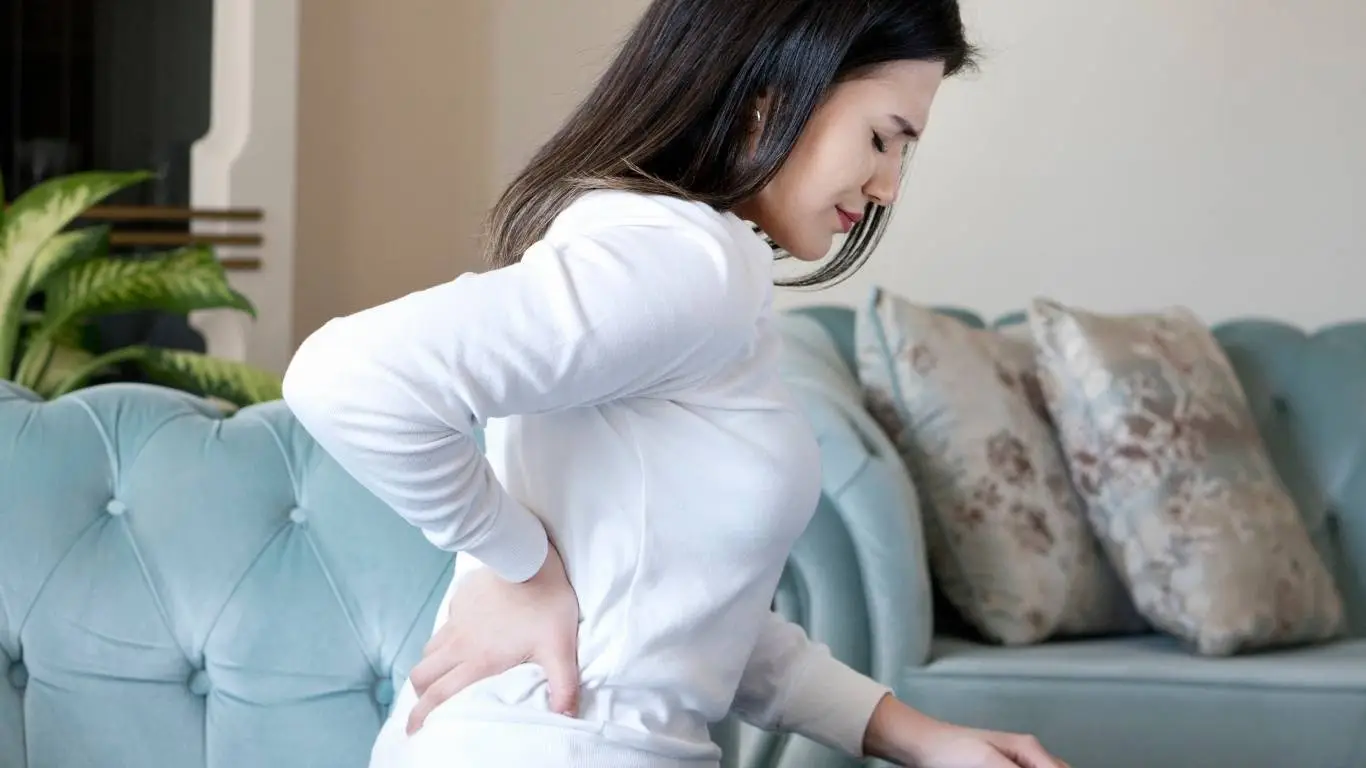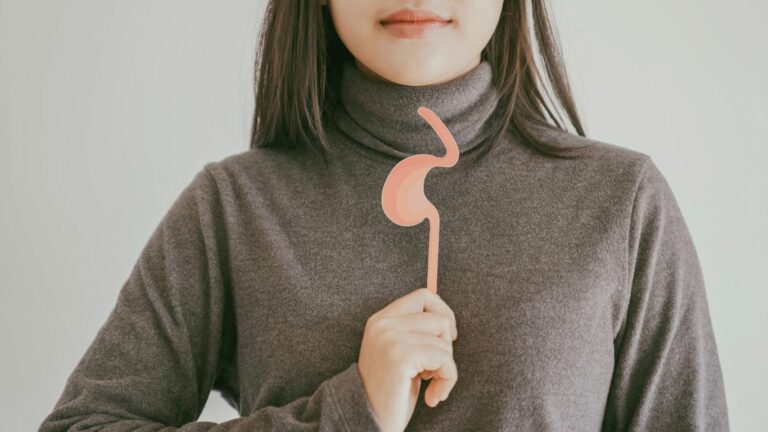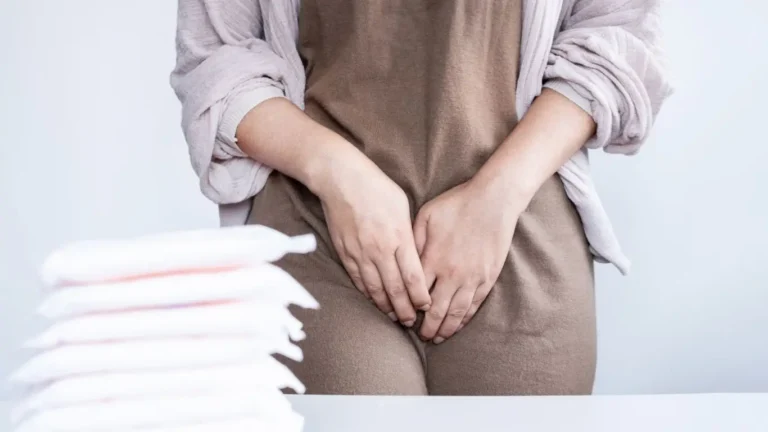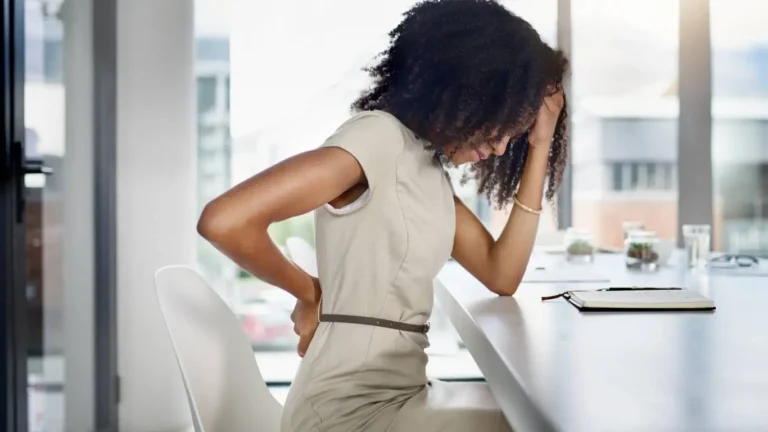Why Gallbladder Issues Might Be Behind Your Back Discomfort
Last year, after a particularly greasy dinner at a friend’s house, I woke up in the middle of the night with a nagging pain between my shoulder blades. I thought it was just muscle tension or maybe the way I slept, but it kept coming back—always after I ate rich or fatty foods. It wasn’t until I ended up in urgent care with stabbing abdominal pain that a doctor mentioned something surprising: my gallbladder might be behind the back pain. I had no idea those two could be connected. If you’re wondering, “Can gallbladder issues cause back discomfort?”—you’re not alone. And the answer might surprise you.
Understanding the Gallbladder and Its Role in Pain

The gallbladder is a small, pear-shaped organ tucked just beneath your liver. Its main job is to store and release bile—a fluid that helps your body digest fats. When everything’s working smoothly, you probably don’t even think about it. But when it goes rogue—say, due to gallstones or inflammation—it can trigger a whole cascade of symptoms, including back discomfort.
How Gallbladder Pain Radiates
Gallbladder issues often start with pain in the upper right abdomen, but it doesn’t always stay there. That discomfort can creep upward to your shoulder, neck, or right between your shoulder blades. I used to think I just had “text neck” from scrolling too much. Turns out, gallbladder inflammation (cholecystitis) can actually irritate nearby nerves and cause what’s known as referred pain.
- Right shoulder blade pain: One of the most common red flags
- Middle back tension: Especially after fatty meals
- Sharp jabs: In the upper back during gallstone attacks
What Causes Gallbladder-Linked Back Discomfort?
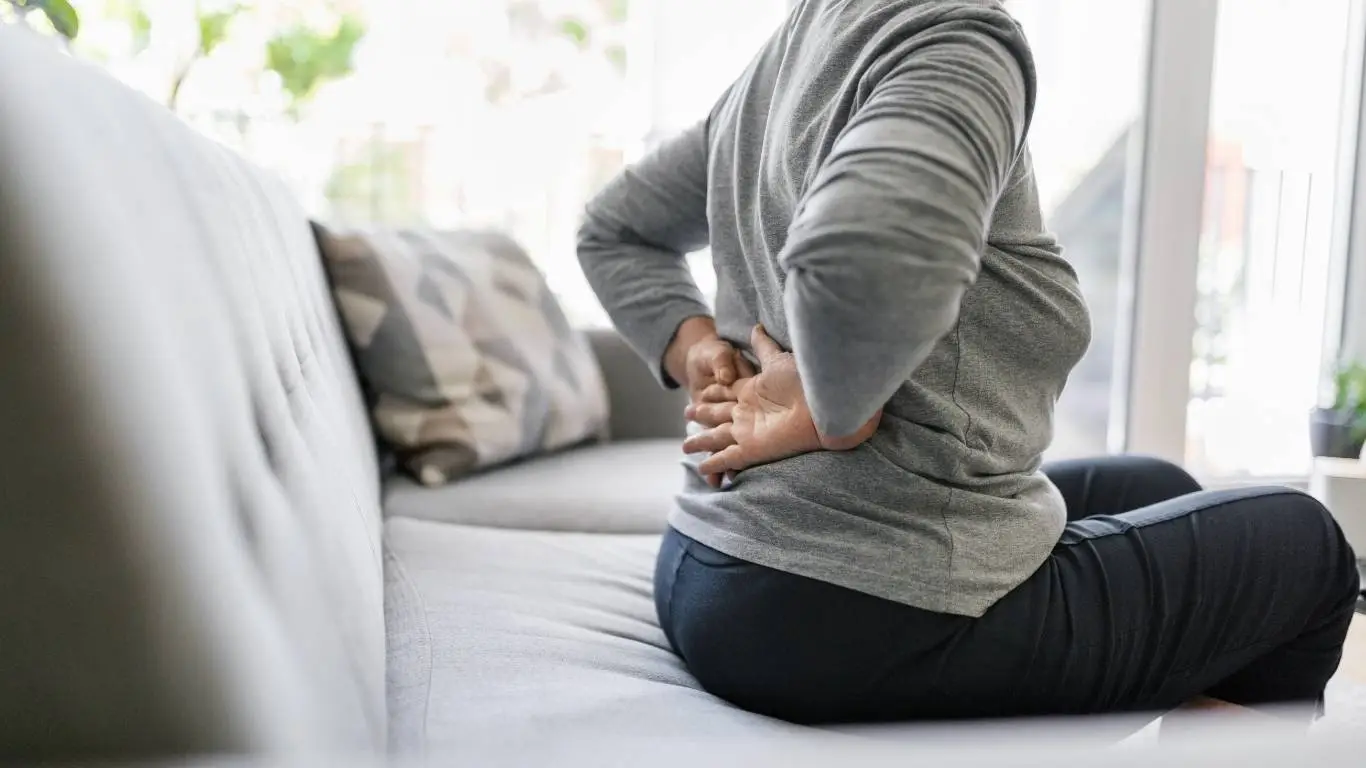
Gallbladder-related back discomfort usually stems from one of these culprits:
- Gallstones: Solid clumps that form from cholesterol or bile salts and block the bile ducts
- Biliary colic: Cramping pain that happens when bile flow is obstructed
- Inflammation: Cholecystitis can cause constant pain radiating into the back
- Gallbladder sludge: Thickened bile that doesn’t flow well, causing pressure and pain
All of these interfere with digestion, which is why you might feel worse after eating. According to Mayo Clinic, these symptoms can easily be mistaken for acid reflux, ulcers, or even a pulled back muscle.
Symptoms That Overlap with Back Pain
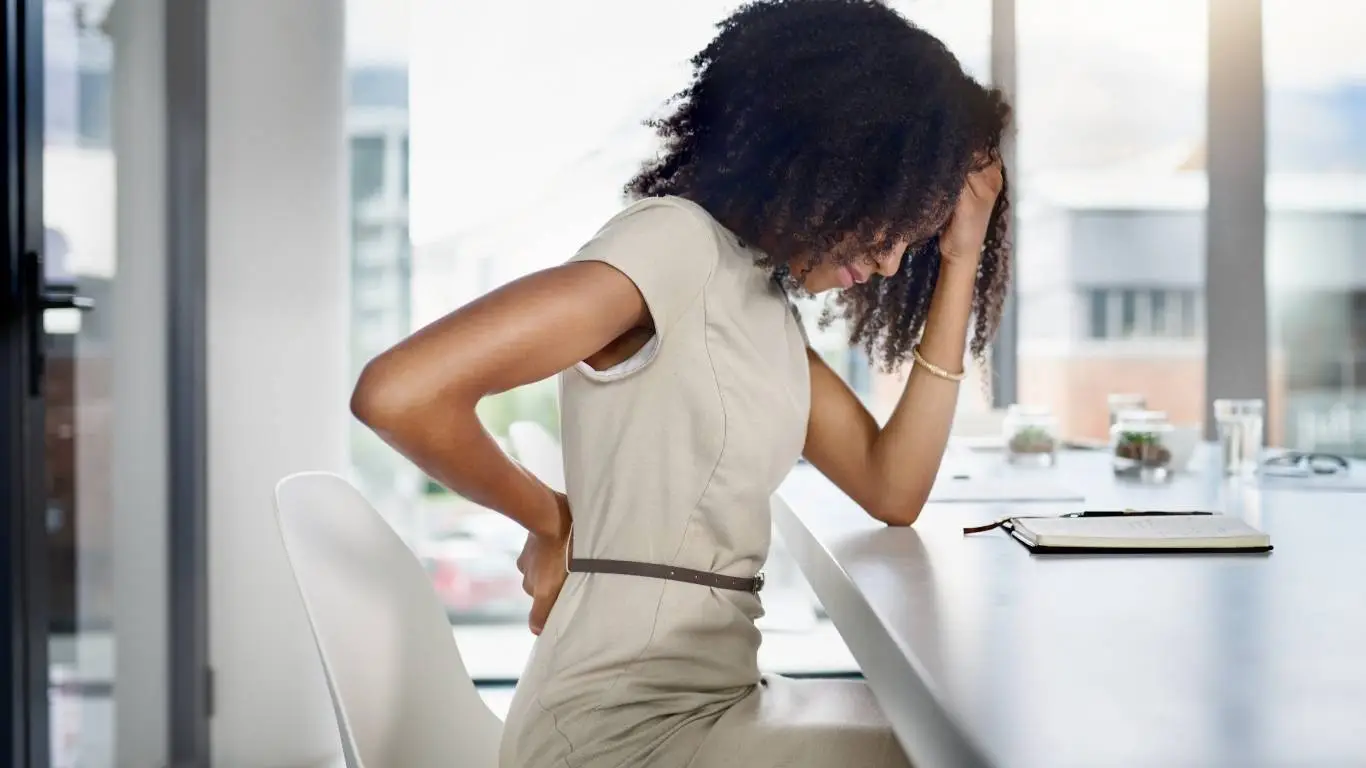
One of the trickiest parts is how gallbladder symptoms mimic or overlap with common back issues. You might not think of your digestive organs when your back is sore, but here’s what to watch for:
- Back pain after meals (especially heavy or fatty ones)
- Bloating and gas combined with mid-back discomfort
- Nausea with pain that doesn’t improve with movement or stretching
- Night pain that wakes you up hours after dinner
I remember one night vividly—I’d eaten lasagna, and around 2 a.m., I had pain just under my right shoulder blade that felt like I’d been kicked. A warm compress didn’t help, nor did lying on a foam roller. Turns out, it was a gallstone episode. If this sounds like you, it might be worth checking out this surprising cause of lower back pain.
When to Suspect It’s Not Just a Back Problem

Not all back discomfort is muscular or spinal. If any of the following sound familiar, your gallbladder might be the real troublemaker:
- Pain spikes about an hour after eating
- Upper abdominal tenderness when pressed
- Discomfort that doesn’t improve with posture changes
- Back pain paired with nausea or vomiting
- Fever or chills accompanying the pain (red flag for infection)
In these cases, traditional back pain remedies—like stretching or physical therapy—won’t touch the root cause. You’ll want to explore diagnostic options. Imaging tests like ultrasounds are often more effective than X-rays, and MRIs can reveal complications not visible otherwise.
Why Gallbladder Issues Are Often Misdiagnosed
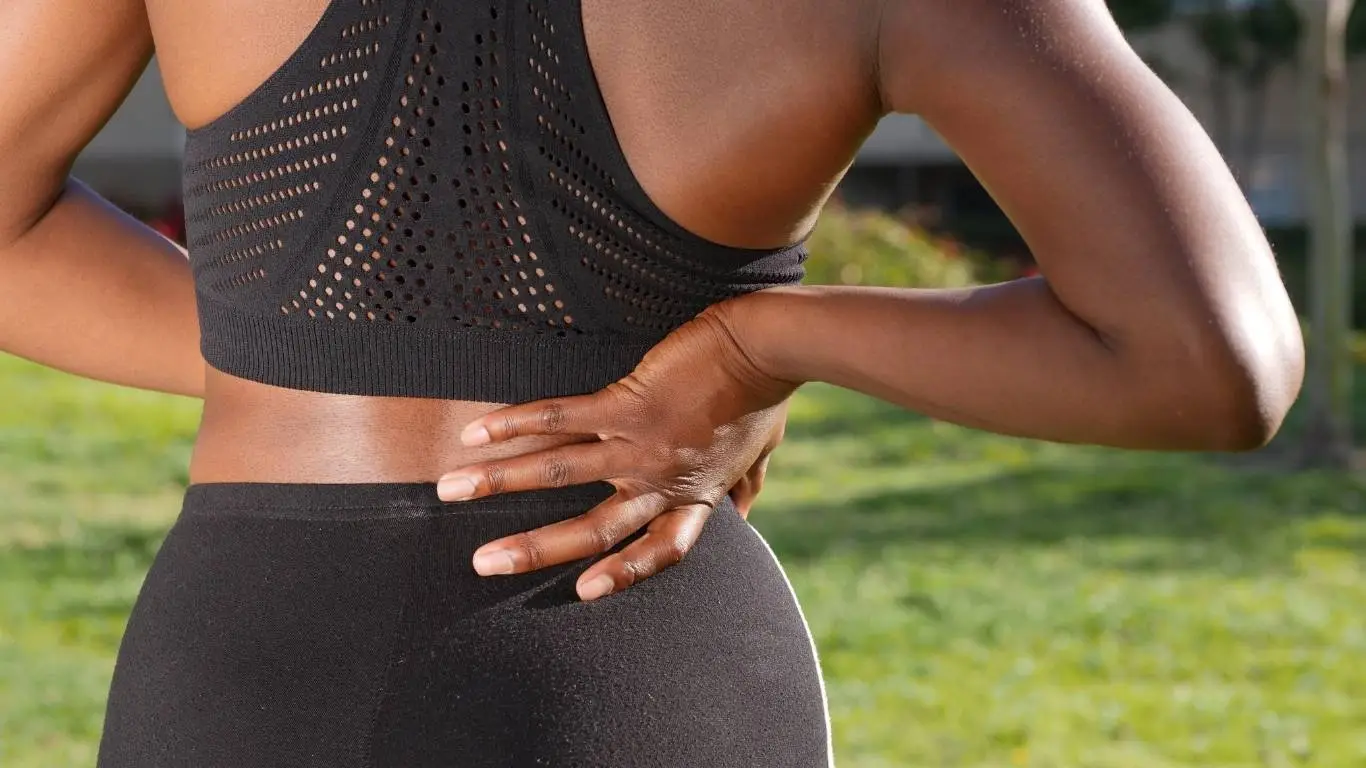
Gallbladder pain doesn’t always present “by the book.” Some people (especially women over 40) experience what’s called “silent” gallbladder disease—where the pain comes and goes, and symptoms don’t always include abdominal issues. That’s part of why doctors sometimes misdiagnose it as acid reflux, a pulled muscle, or even fibromyalgia.
If you’re constantly told your scans are “normal,” but something still doesn’t feel right, trust your gut—literally. Many people with fibromyalgia-like symptoms later find that gallbladder dysfunction was hiding behind their mysterious aches.
What to Do If You Suspect Gallbladder-Related Back Pain
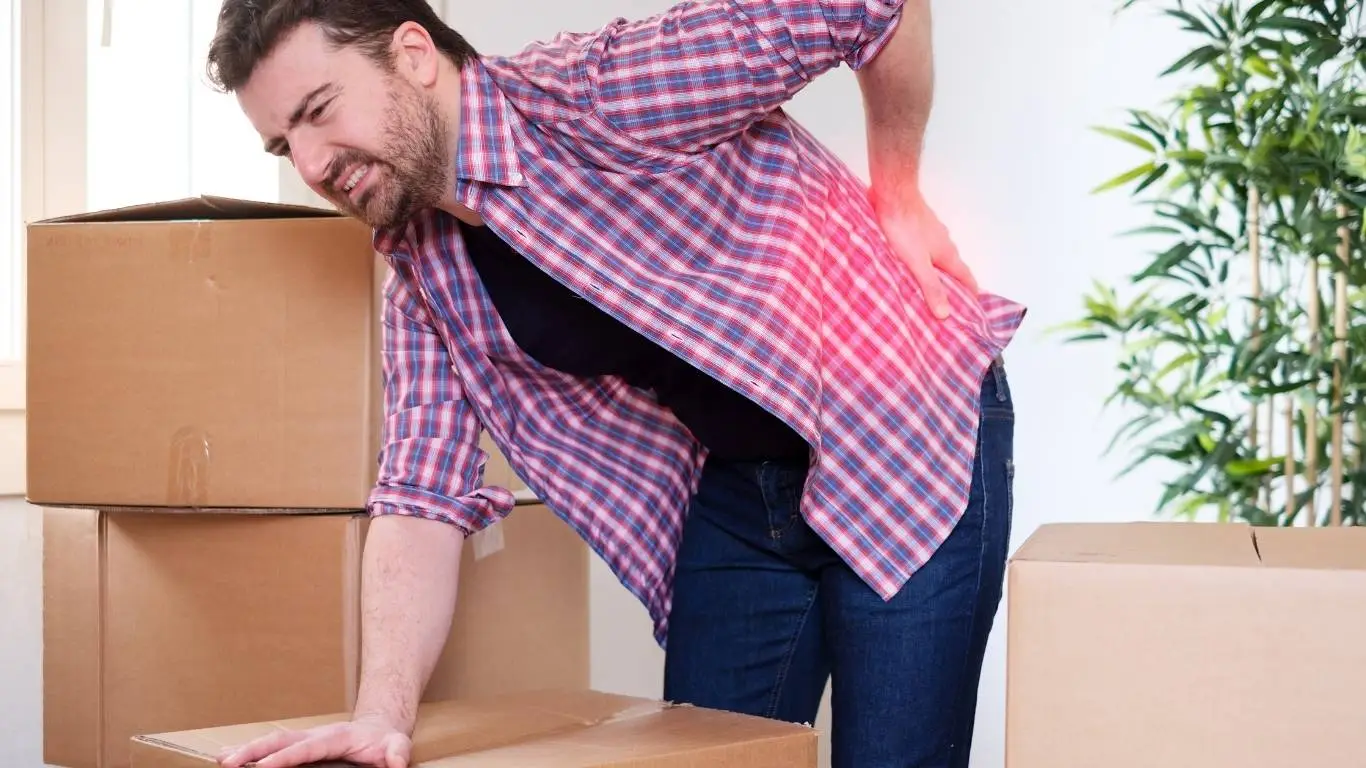
If your pain patterns match what we’ve covered, talk to your doctor. Ask for liver function tests and an abdominal ultrasound. Keep a food diary—it helped me spot the link between creamy sauces and my pain flare-ups. Diet plays a huge role in gallbladder health. You might also want to review the symptoms and diagnosis breakdown for back pain to understand what else might be contributing.
For a more holistic look at back pain causes and how your body systems intertwine, check out the main back pain resource page as well.
Long-Term Gallbladder Problems and Chronic Back Discomfort
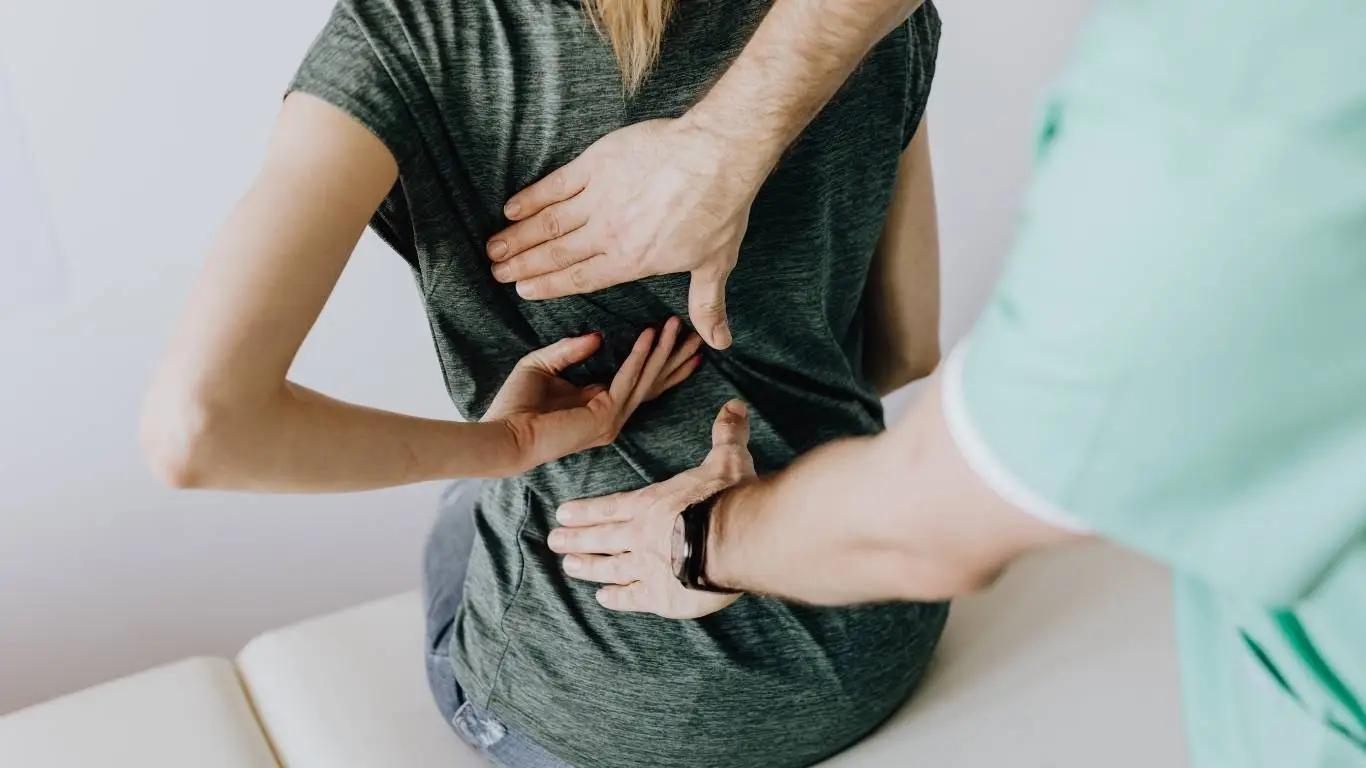
Once I connected the dots between my gallbladder issues and that nagging back pain, I started noticing how often the symptoms returned—sometimes low and dull, sometimes sharp and stabbing. Chronic gallbladder problems don’t always lead to emergency surgery, but they can quietly erode your quality of life. And when the back pain keeps coming back, it’s easy to mislabel it as something orthopedic or stress-related.
That’s why it’s crucial to address gallbladder issues early. If ignored, conditions like chronic cholecystitis (persistent inflammation) or biliary dyskinesia (improper bile movement) can lead to recurring back pain episodes. And over time, that discomfort can disrupt your posture, sleep quality, and even mental health.
The Link Between Gallbladder Issues and Postural Strain
Here’s something most people overlook—when you’re dealing with upper abdominal pain, your body automatically adjusts to relieve pressure. You hunch forward, hold your core tight, or avoid certain movements. Over time, that compensation throws off your spinal alignment. I started having mid-back spasms because I was unconsciously leaning to the left to avoid pain on the right side. This kind of strain can lead to muscle imbalances and back pain that feel completely unrelated at first glance.
Managing Gallbladder Pain Without Surgery
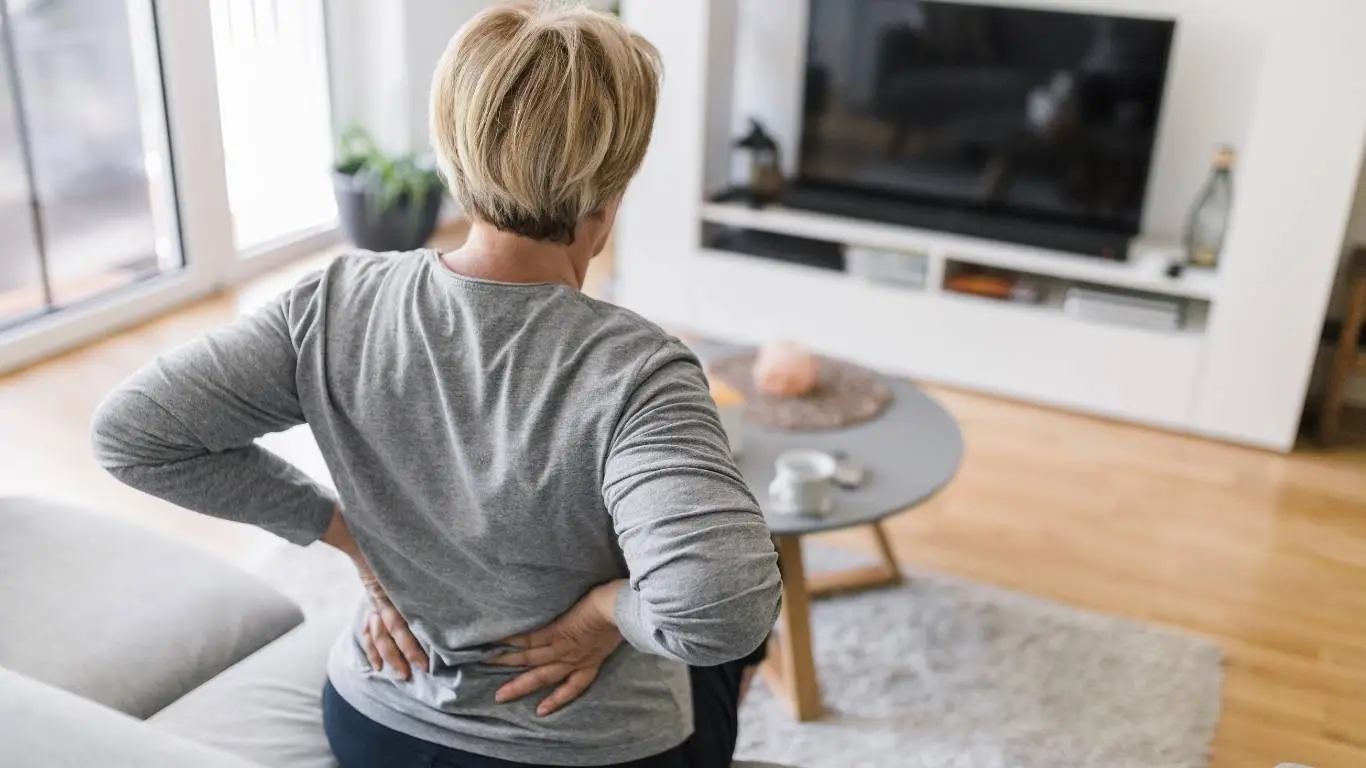
Not everyone needs their gallbladder removed. I avoided surgery through a mix of dietary changes, supplements, and consistent check-ins with a digestive specialist. Here are a few approaches that helped me ease both gallbladder symptoms and the back pain that came with them:
- Low-fat meals: I swapped fried and creamy foods for baked or steamed meals
- Smaller portions: Eating less at once eased pressure on my digestive system
- Liver support supplements: Milk thistle and dandelion root helped my bile flow better (with doctor approval)
- Warm compresses: On both my abdomen and mid-back when pain flared up
- Walking after meals: Helped with digestion and posture realignment
There’s a great breakdown on natural lifestyle adjustments for back pain and digestion that complements this approach really well. I found that a combined strategy—addressing diet and posture—offered the most consistent relief.
When Surgery Is the Right Call

Of course, sometimes diet and supplements aren’t enough. If you’re facing frequent attacks, severe inflammation, or gallstones that block bile ducts, surgery might be necessary. Most gallbladder removals are done laparoscopically and recovery can be relatively smooth, but many people report lingering back soreness due to surgical posture or internal swelling afterward.
This is why recovery support is so important. I recommend reviewing this recovery guide even if your surgery isn’t spinal—it offers great ergonomic advice and tips for easing back strain after a procedure.
Post-Gallbladder Surgery and Unexpected Back Pain
Some folks experience phantom pain or referred discomfort even after their gallbladder is removed. This often has more to do with residual inflammation or poor posture during recovery than the gallbladder itself. In my case, I had to relearn how to sit upright and engage my core without overcompensating.
- Supportive chairs and cushions made a huge difference
- Stretching the mid-back and thoracic spine gently each morning helped reset alignment
- Mindful eating habits ensured I wasn’t overloading my system
You can find more on rehab techniques for back pain that work even post-surgery.
How to Know If It’s Really Your Gallbladder
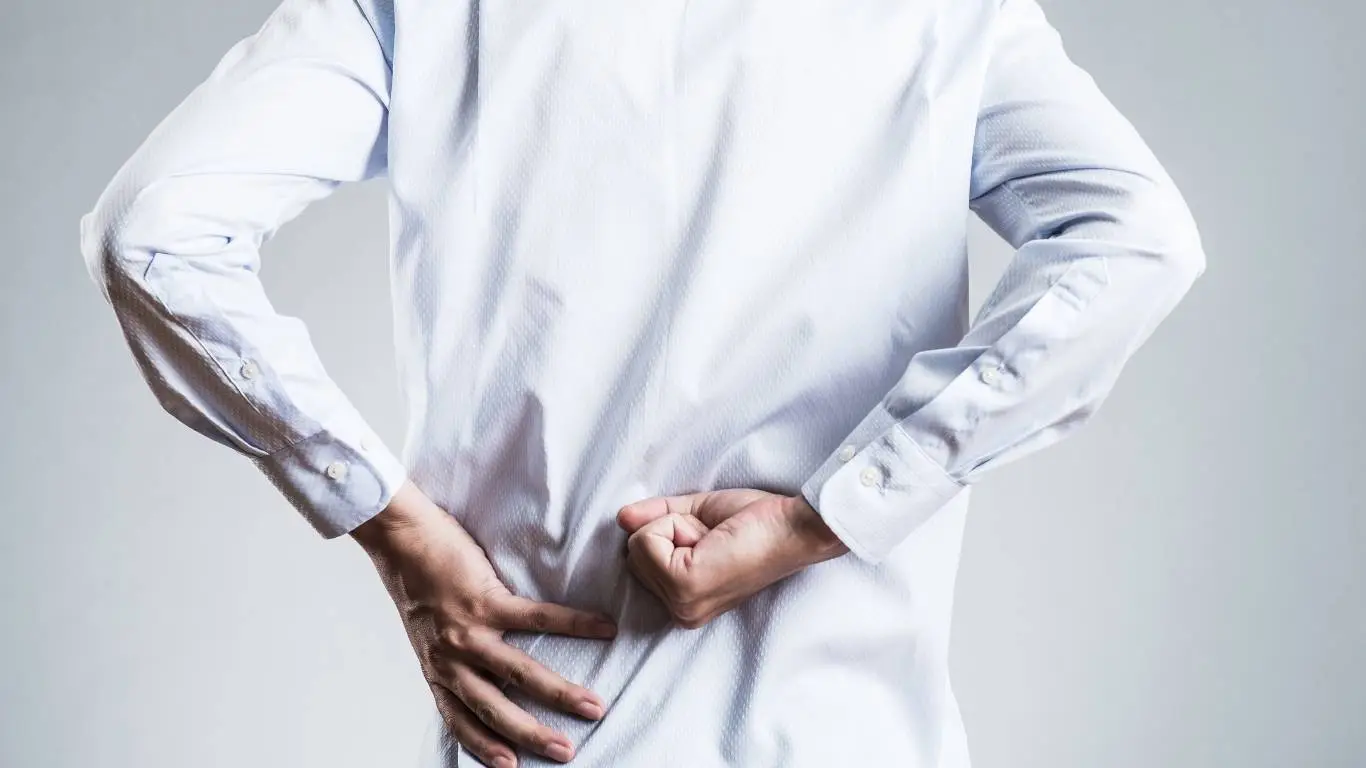
It took three doctors and two sets of tests before I got a clear diagnosis. Gallbladder issues can be notoriously tricky to pinpoint, but here are some signs that may help you and your healthcare provider get on the right track:
- Symptoms are meal-related: Especially fatty or fried foods
- Discomfort starts in the upper abdomen and travels to your back
- Conventional back pain treatments don’t work
- Nausea or bloating is involved
If that sounds like your experience, don’t hesitate to ask for a hepatobiliary scan or endoscopic ultrasound. These can detect subtle signs of dysfunction that regular abdominal scans might miss. Also, this CT vs. X-ray breakdown is worth a read to know your imaging options.
Preventing Recurrence and Protecting Your Back
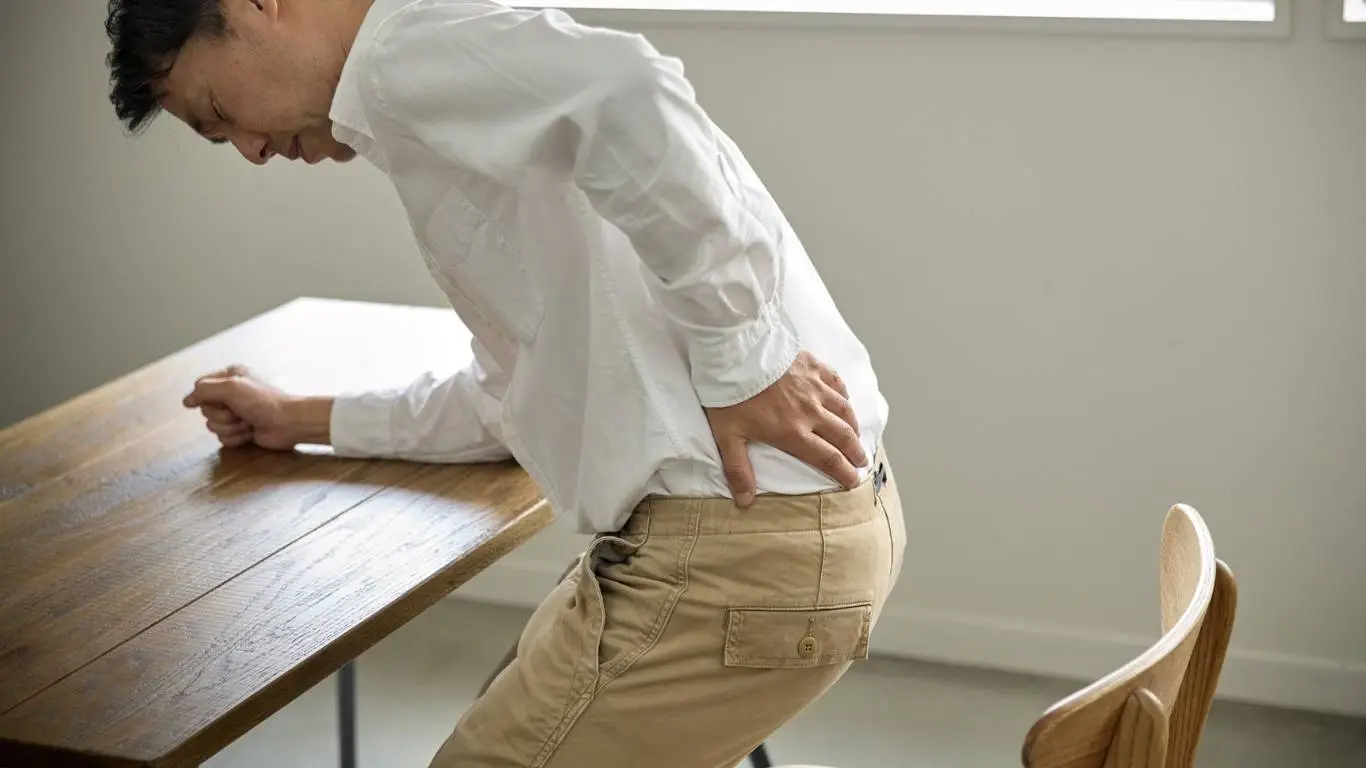
Even if you’ve had your gallbladder removed or gotten symptoms under control, it’s important to stay ahead of future discomfort. I still keep these habits in rotation:
- Regular core and back strengthening: Helps prevent compensation patterns
- Stay hydrated and fiber-rich: Keeps digestion moving smoothly
- Mindful posture at work: Especially at my desk or in the car
- Limit processed fats: I love a good burger, but moderation is key
Back pain isn’t always about slipped discs or strained muscles. Sometimes, it’s something deeper. My experience taught me that looking beyond the obvious is often where real healing begins. You don’t have to live with unexplained back pain—especially if your gallbladder is waving red flags.
For a broader understanding of how organs and structures interact in the back, you’ll find a full guide on back pain types and anatomy extremely helpful. And for comprehensive insights on managing various causes of back discomfort, start at the main back pain pillar page.

Camellia Wulansari is a dedicated Medical Assistant at a local clinic and a passionate health writer at Healthusias.com. With years of hands-on experience in patient care and a deep interest in preventive medicine, she bridges the gap between clinical knowledge and accessible health information. Camellia specializes in writing about digestive health, chronic conditions like GERD and hypertension, respiratory issues, and autoimmune diseases, aiming to empower readers with practical, easy-to-understand insights. When she’s not assisting patients or writing, you’ll find her enjoying quiet mornings with coffee and a medical journal in hand—or jamming to her favorite metal band, Lamb of God.
